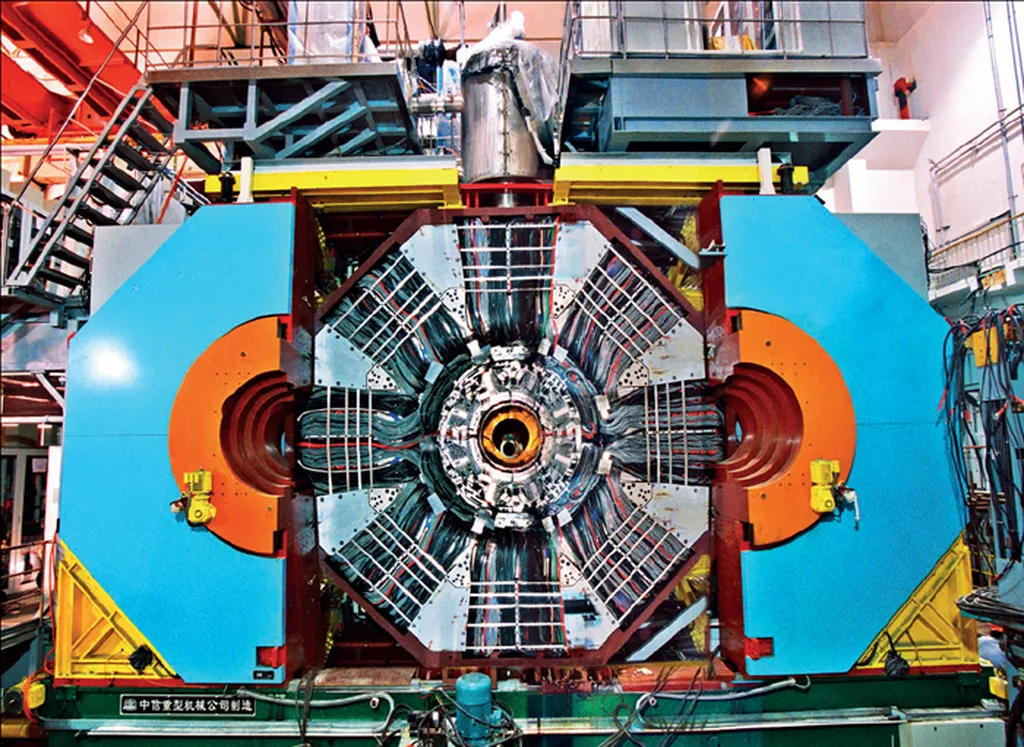The BESIII Collaboration, a group of researchers affiliated with the Institute of High Energy Physics in Beijing, China, has recently published a study in the journal Physical Review D. The research focuses on the reactions involving antineutrons and protons, specifically the interactions that result in the production of various combinations of pions.
The study utilized a large dataset of approximately 10 billion J/ψ events collected with the BESIII detector at the BEPCII storage ring. The antineutron is produced in the decay of J/ψ particles into a proton, a pion, and an antineutron. The researchers studied the interactions of these antineutrons with protons from the hydrogen nuclei in the cooling oil of the beam pipe. This method is novel as it allows for the study of antineutron-nucleon interactions at an electron-positron collider, providing the first experimental data for antineutron momenta exceeding 800 MeV/c.
The researchers investigated three specific reactions: antineutron-proton interactions resulting in two positive pions and two negative pions, three positive pions, one negative pion, and one neutral pion, and four positive pions, two negative pions, and two neutral pions. The study of these reactions can provide insights into the fundamental forces and particles that govern the behavior of matter and antimatter.
The practical applications of this research for the energy sector are not immediately apparent, as the study is primarily focused on fundamental particle physics. However, a deeper understanding of the interactions between particles and antiparticles could have implications for the development of new energy technologies, such as antimatter-powered propulsion systems or advanced particle accelerators. Additionally, the development of new experimental techniques for studying antineutron-nucleon interactions could have applications in other areas of physics and engineering.
This article is based on research available at arXiv.

